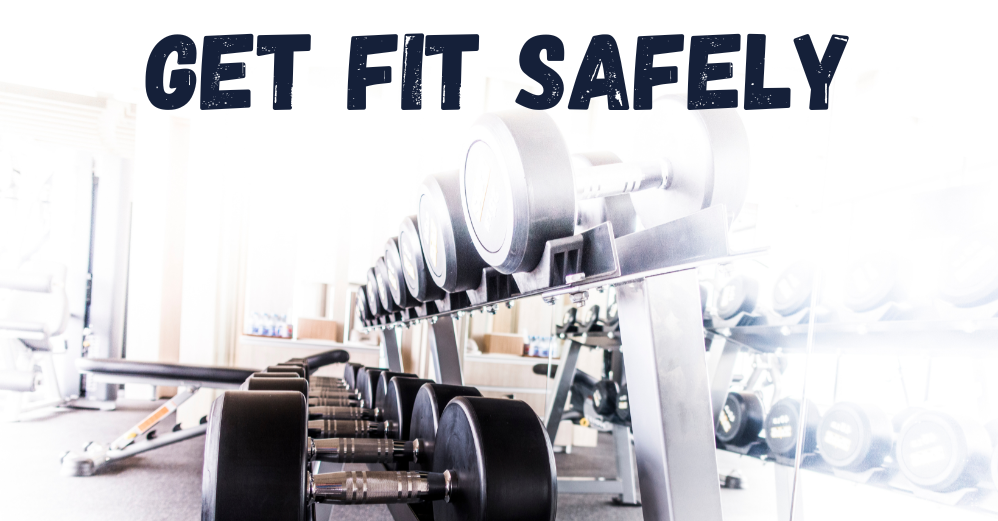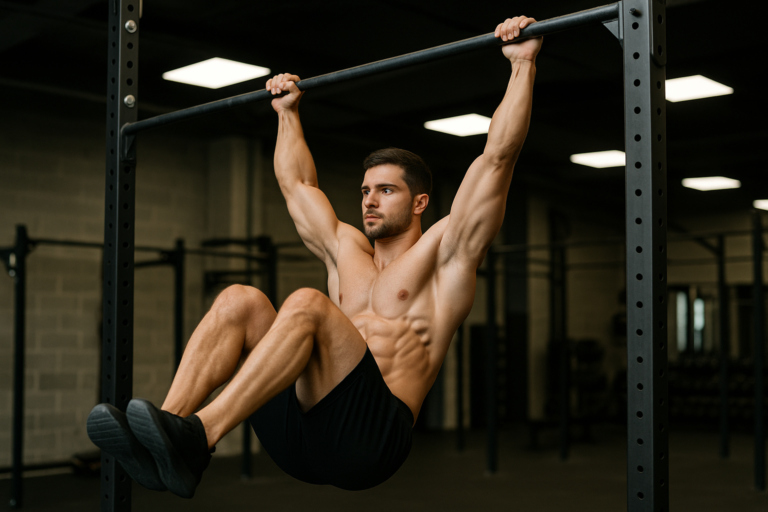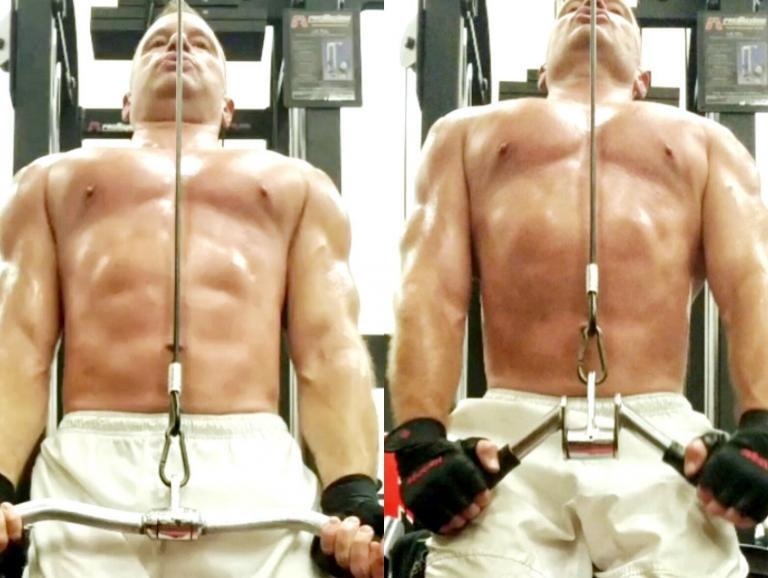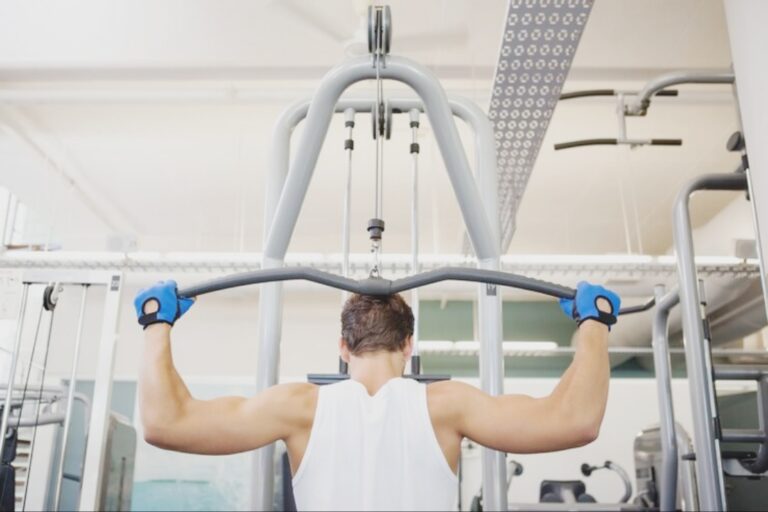Are Arnold Presses truly revolutionary or just unnecessary complications for your shoulders?
Let’s be honest.
If you’ve been around the magical world of Instagram Fitness for a while, you’ve probably seen at least a hundred reels where some tattooed gym bro yells in your face:
“If you’re not doing Arnold Presses, you’re not even training your shoulders, brother!”
Sure.
By now it seems like the Arnold Press is the Holy Grail for getting shoulders as big and round as hot-air balloons.
But let’s pause for a moment:
Is this so-called Arnold Press really a nuclear bomb of an exercise?
Or is it just a fancy way to rotate dumbbells to look cool?
Spoiler: it depends.
What exactly is an Arnold Press?
Imagine your classic shoulder press.
Now imagine it decided to sign up for a contemporary dance class.
That’s the Arnold Press.
You start with the dumbbells in front of your chest, palms facing you (kind of like guarding your lunch sandwich from a hungry coworker).
As you press up, you rotate your wrists outward until you end up in a standard overhead-press position.
Then you lower the weights following that same curved path.
It’s a press plus a rotation all in one.
A more “fluid” movement, sure, but also decidedly more “intense” for the shoulder.
And no, it wasn’t made up on a whim: Arnold Schwarzenegger himself invented it back when dinosaurs still roamed Gold’s Gym Venice Beach.
Why include this rotation?
Great question.
And no, it’s not just for show like an Instagram reel.
The short answer?
More tension. More muscle engagement. More pump.
The initial rotation forces you to recruit the anterior deltoid right away, progressively load the lateral deltoid during the press, and even engage the upper chest for stability.
A much more “complete” workout compared to the usual vertical press.
By extending the movement, you also increase the contraction range:
- More path traveled = more positive muscle damage = more growth.
On paper, it sounds perfect.
In practice… you feel the fire.
When I first really tried it—with about 70% of the weight I normally use for a shoulder press—
after just eight reps I literally felt my anterior deltoid burning like someone had lit a barbecue on my shoulder.
But it wasn’t just there:
- I felt constant tension in the lateral deltoid, especially at the top of the press.
- And a small but annoying fatigue in the upper chest that I don’t normally notice during classic presses.
In short:
It’s not just the muscle you expect that blows up.
The Arnold Press surprises you, making you work those micro-areas we often neglect.
And that mix of burn and control made me realize how different—and how “real”—it is for building a complete shoulder.
The dark side of the Arnold Press
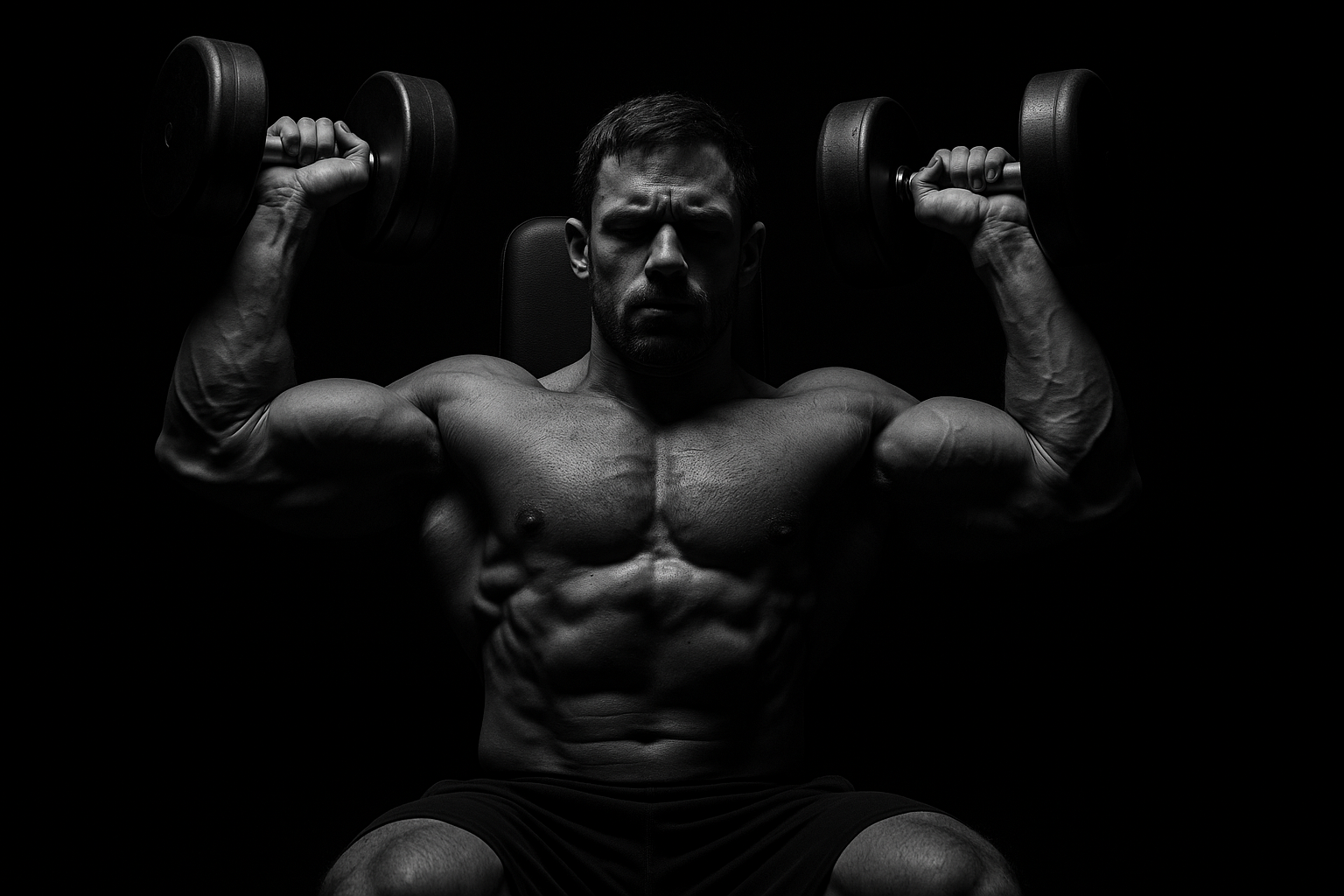
Let’s be clear: this move is NOT for everyone.
Why?
Because the shoulder is already the most unstable joint in the human body.
Adding rotation under heavy load is like asking a tightrope walker to tap-dance on a high wire.
If you don’t have good scapular stability.
If your rotator cuff starts crying at the mere mention of “press.”
If you haven’t yet learned to control movements slowly and mindfully…
The Arnold Press can turn from a “growth tool” into a “one-way ticket to physical therapy.”
Personal experience?
When I used to do it as a newbie and loaded up too much (because, yes, I wanted to look tough), after three weeks my left shoulder was cracking louder than a peanut-festival.
Arnold Press vs Overhead Press: two very different worlds
Alright, let’s clear things up once and for all.
The Arnold Press is often compared to both the classic overhead press (barbell or dumbbells) and the dumbbell shoulder press.
But the comparison is less straightforward than it seems.
When we talk about the Overhead Press, we’re talking the king of pure upper-body strength.
In contrast, the Arnold Press is like a technical ballet requiring grace and control.
Here are the main differences:
- Trajectory of Movement
- Shoulder Press: straight vertical path. You start with the dumbbells at your shoulders, palms facing forward, and push up like a rocket taking off.
- Arnold Press: curved, rotational path. You begin with the weights close to your chest, palms inward, then rotate as you press upward, opening the shoulders.
- Range of Motion
- Shoulder Press: relatively short, direct range. Starting “open,” elbows out, you push up and down without big changes.
- Arnold Press: extended range. You start much lower and “closed,” putting the deltoids under tension from the first inch.
- Muscles Involved
- Shoulder Press:
- Lateral deltoids
- Anterior deltoids (moderately)
- Triceps
- Upper trapezius
- Arnold Press:
- Anterior deltoids (heavily activated)
- Lateral deltoids
- Clavicular head of the pectoralis (upper chest)
- Triceps
- Scapular stabilizers and rhomboids
- Shoulder Press:
- Type of Muscle Activation
- Shoulder Press: emphasis on pure vertical pressing. The core and traps do most of the stabilization.
- Arnold Press: multi-plane activation—you coordinate rotation, pressing, and dynamic stabilization. It’s almost like an implicit mini “core workout.”
In essence:
- The shoulder press targets strength and stability.
- The Arnold Press targets mobility, global activation, and pump.
How to start doing Arnold Presses (without wrecking your shoulders)
Want to try the Arnold Press without ending up best friends with a physical therapist?
Here’s a simple, clear, safe game plan to start on the right foot:
- Choosing the weights
- Go lighter than you would for a classic shoulder press.
- If you normally press 20 kg per hand, start Arnold Presses with 12–14 kg.
- Remember: better to look humble today than be injured tomorrow.
- Initial setup
- Sit on a bench with a backrest—ideally slightly inclined (80–85°).
- Feet planted firmly, core braced as if you’re about to take a punch in the gut.
- Dumbbells in front of your chest, palms facing you.
- Elbows tucked toward your body, not flapping like chicken wings.
- Perfect execution
- Press the dumbbells up while rotating your wrists outward.
- Reach the top with arms extended and palms facing forward.
- Control the movement as if you’re carrying two full glasses without spilling a drop.
- Lower slowly, reversing the motion.
- No jerks, no snaps—just pure fluidity.
- Breathing (the part everyone gets wrong)
- Inhale deeply as you lower the weights.
- Exhale during the upward press.
- Never hold your breath like you’re diving—you’ll mess up your internal pressure and might even pass out (true story).
- Recommended training scheme
- Sets: 3–4
- Reps: 8–12
- Rest: 60–90 seconds between sets
- When to insert: after heavy lifts (like military press or bench press)
- Warning signs: when to stop
- Sharp, stabbing pain
- Unusual cracking or instability
- Inability to control the descent
My mistakes to avoid with the Arnold Press
Learning from my mistakes could save you months of frustration:
- Loading too much
It’s not a max lift—always use manageable weights. - Skipping the warm-up
Your shoulders need to be “oiled” before you dive in. - Rushing the rotation
If you speed through the movement, you stress the joint and halve the benefits. - Rounding your back
Keep your core locked and your spine neutral, as if bracing for a Mike Tyson hook.
When and how to include the Arnold Press in your routine
To add the Arnold Press without self-destructing, follow this plan:
- Use it after your main strength exercise.
For example, after a military press or bench press. - Keep reps between 8 and 12.
Focus on quality over quantity. - Mind-muscle connection.
You should feel your shoulder working, not just “pushing.” - Frequency: once or twice a week max.
It shouldn’t become the centerpiece of your program.
Treat it like a refined dessert, not an all-you-can-eat buffet.
Valid alternatives if the Arnold Press scares you
If rotating dumbbells under load freaks you out more than a call from an unknown number, try these:
- Dumbbell overhead press with neutral grip (palms facing each other)
- Landmine press (stable and shoulder-friendly)
- Front raise + overhead press combo (two movements, same stimulus with less stress)
Don’t feel any less “badass” choosing these variants—rather, prove you know how to listen to your body.
Which activates the deltoids more (and how)?
- Shoulder Press
Primarily hits the lateral deltoid (side of the shoulder) and a bit of the anterior head—more “balanced.” - Arnold Press
Heavily activates the anterior deltoid and keeps the lateral engaged throughout the top phase.
The constant position change also delivers a greater pump.
How to optimize deltoid activation with the Arnold Press:
- Slow, controlled movement (no jerks)
- Full range of motion (start right from the chest, not halfway up)
- Half-second pause at the top for maximal isometric contraction
In short:
- Want full, toned front delts? The Arnold Press is your perfect ally.
- Want Superman-wide shoulders? Balance it with specific lateral-deltoid work.
Are there variants of the Arnold Press?
Oh yes.
The Arnold Press is like a pizza—you can top it with a ton of “toppings.”
Here are some interesting variants:
- Seated Arnold Press
Classic on a bench with back support—maximum stability, zero leg drive. - Standing Arnold Press
Done standing—engages the core even more, harder to balance and control. - Single-Arm Arnold Press
One arm at a time—helps correct muscle imbalances. - Resistance Band Arnold Press
Use a band instead of dumbbells—constant tension, less joint stress. - Tempo Arnold Press
Perform the up and down phases over 4–5 seconds—burn guaranteed, doubled effectiveness. - Kettlebell Arnold Press
Swap dumbbells for kettlebells—different center of gravity, even more stabilizer challenge.
Which one to choose?
It depends on your level, your goals, and how much you want to scream from deltoid burn.
How many times per week to include the Arnold Press? And with which shoulder exercises to combine?
Practical tip:
The Arnold Press is intense. It’s not a daily espresso shot.
- Ideal frequency: 1–2 times per week, depending on your total volume.
- How to insert:
- Shoulder day: after your base strength move (military or push press)
- Upper-body day: after bench or as accessory work
Example killer 3D shoulder combo:
- Overhead barbell press (base strength) – 3×5
- Arnold Press (mobility + continuous tension) – 3×10
- Lateral raises (pure lateral delts) – 3×15
- Rear delt flyes (rear delts) – 3×15
- Face pulls (shoulder health) – 3×20
Why combine like this?
To train all three deltoid heads (anterior, lateral, posterior), not just always pushing forward like a workhorse.
Conclusion: Arnold Press yes or no?
If you know what you’re doing:
Yes, absolutely!
It can give you fuller, more aesthetic shoulders and a spectacular pump.
If you still have gaps in technique, stability, or mobility:
No, wait.
Build a solid foundation first.
Training well isn’t just about “pushing heavy.”
In the gym, the winner adapts, not the one who mindlessly copies TikTok workouts.
So, my friend, if you want to rotate those dumbbells like a Venice Beach superstar…
Make sure your shoulders are ready to handle the load.
Then go ahead with the Arnold Press… and savor every single burn.

